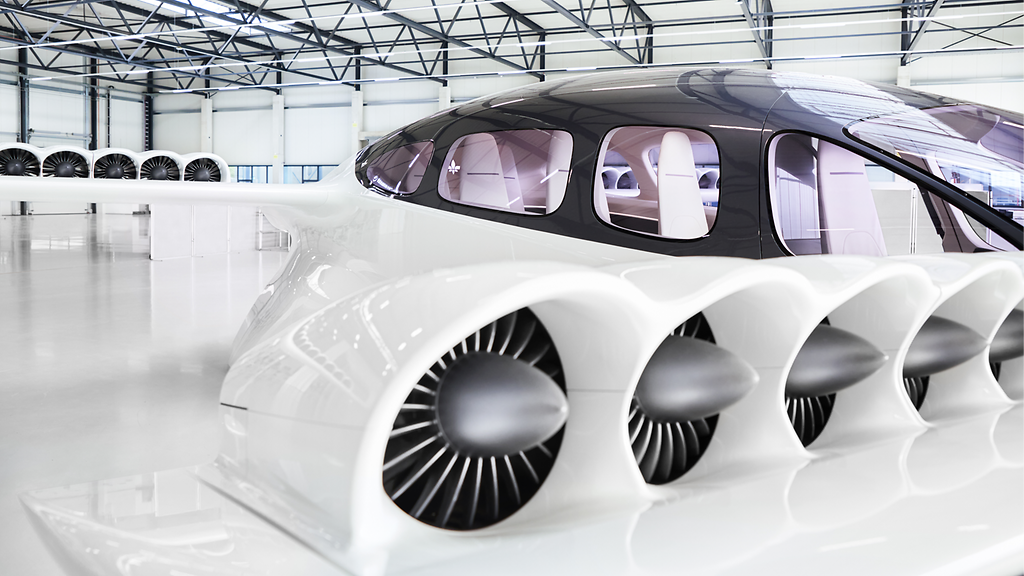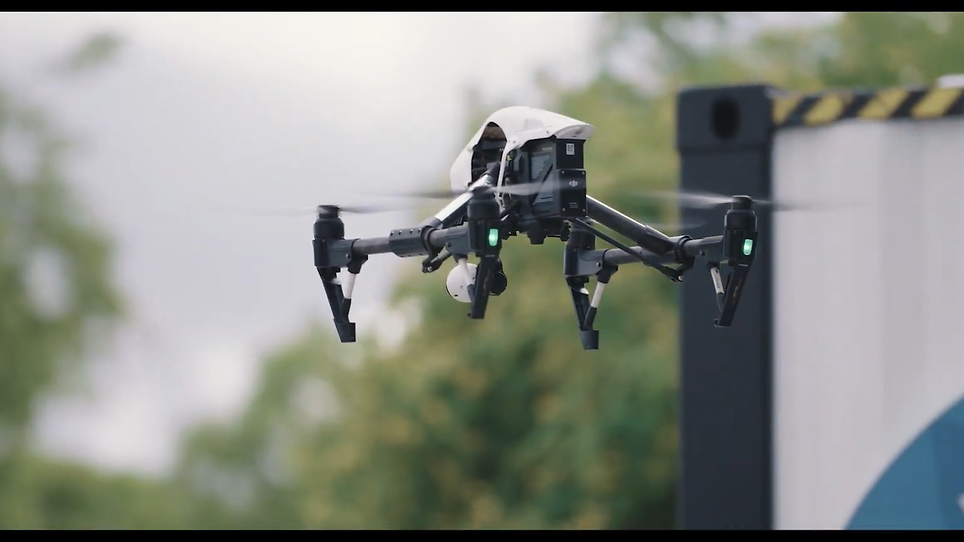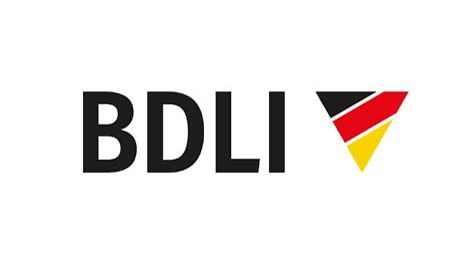In 2020, the global passenger drone industry attracted almost USD 1 billion investment – half of which found its way to German companies.
German Commercial Drone Market on the Rise
There are currently around 430,000 drones in use in Germany. The very high proportion of drones in private use (385,500) is no longer increasing, with the private drone market seemingly saturated. However, the commercial sector is catching up significantly: The share of drones in commercial use has increased by 138 percent since 2019 to a current level of 45,200 drones – more than doubling within two years.
The trend is set to continue: While only one in nine drones is currently being operated commercially in Germany, this will be one in three by 2025. Over the same period, the German drone market will grow from its current level of EUR 840 million to more than EUR 1.6 billion.
Today, nearly 400 drone economy companies already employ 14,000 people – in areas including surveying, inspections, filming, and photography – representing an increase of almost 40 percent within two years.
For more industry insights please refer to Germany's Unmanned Aviation Association UAV Dach e.V.
UAV/Drone Sector Reaching New Heights
There’s lots of business to be done in Germany with unmanned aerial vehicles - or "drones"as they are more commonly known. The German market, the fourth largest in the world, is expanding exponentially.
Experts predict that the German market for UAVs will grow from its current EUR 574 million to nearly EUR 3 billion by 2030, as new uses for drones arise on a nearly daily basis. Opportunities abound in everything from vehicle construction to mission planning and infrastructure.
Check out our video to see how you might be able to elevate your business.
A high export rate of 80 percent for higher value unmanned aircraft systems (UAS) above EUR 10,000 speaks for the strong technological position of German suppliers in this still relatively small market segment. This also applies to investment in software, flight control and evaluation solutions that can also generate additional added value – both in the high-priced UAS market and the broader UAS application spectrum.
German Drone Market Segmentation
The German drone market is highly diversified with manufacturers and service providers in present in all sectors. Companies entering the German market will meet highly professionalized value chain conditions.
UAS segment creating opportunities for application industries
The market for drones, unmanned aircraft systems (UAS) and applications have been discovered. Specialization areas include software development, the legacy aviation industry and the ICT sector.
Unmanned aircraft systems require innovative solutions including electric drives in combination with lightweight and sustainable energy supply concepts. New sensor technologies (visual, thermal, ultrasound, radar, lidar) are required for the development of autonomously operating UAS to ensure safe air navigation. This in turn is creating demand for digital UAS traffic management systems to manage UAS airspace traffic.
Success Story: EVA – A New Drone Infrastructure Company in Germany
EVA is a cutting-edge drone infrastructure company that recently set up shop just outside of Berlin. Here's what they say about where they fit into the German unmanned aerial vehicle market and what Germany and its capital are like as business locations.





